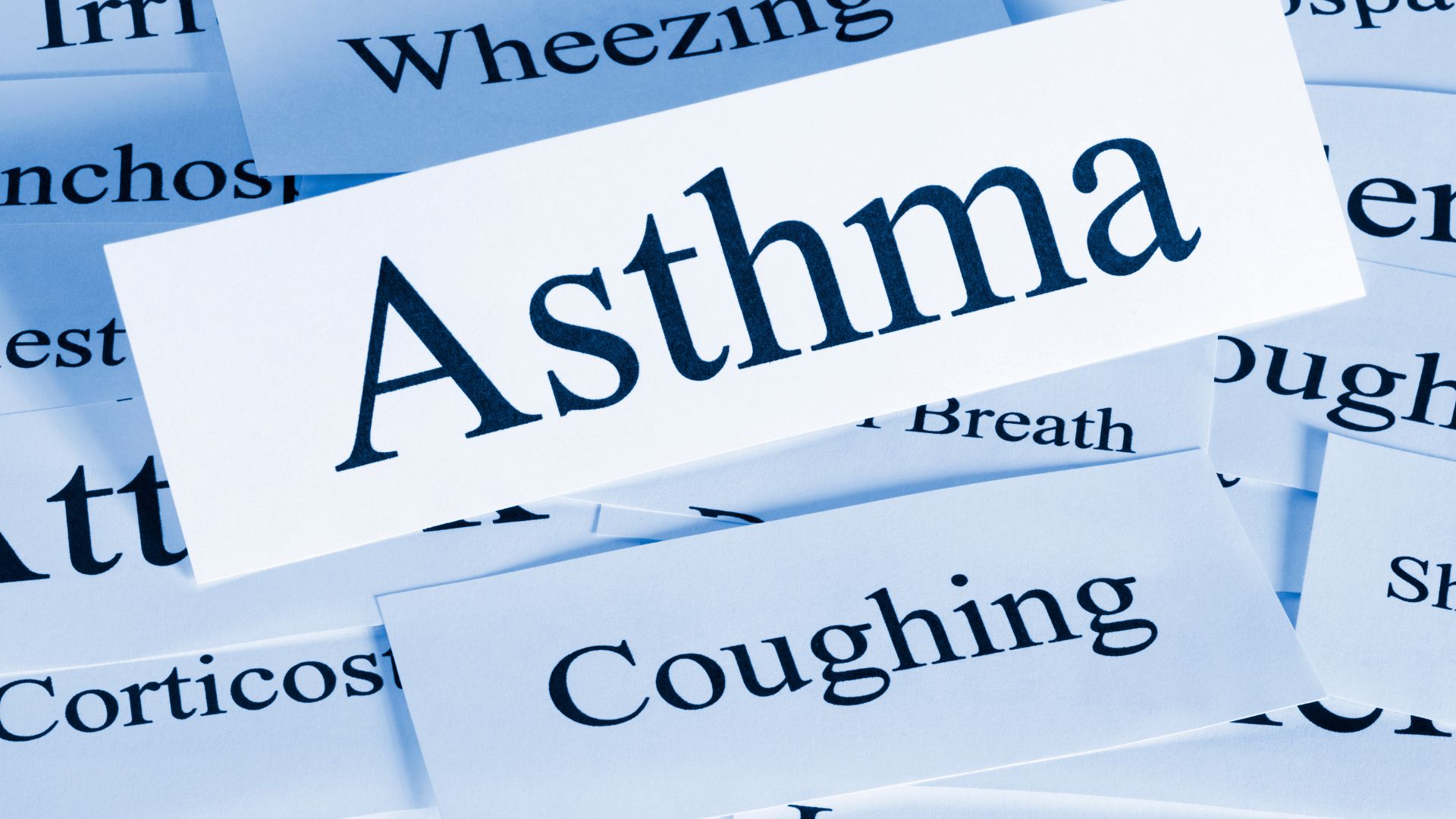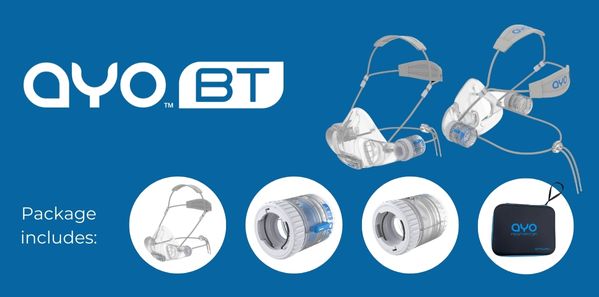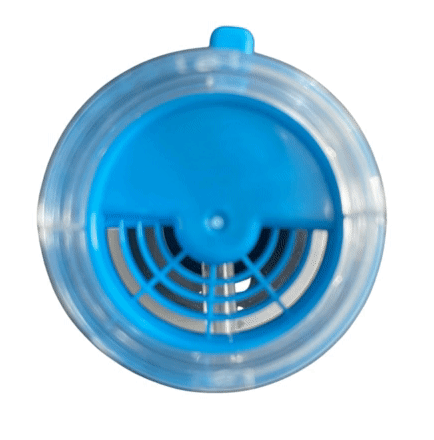What Is Exercise-Induced Asthma?
If you are an asthmatic and also a sports person, especially often participating in high-intensity exercise, you may be aware or even suffer from exercise-induced asthma.
Exercise-induced asthma is more accurately called Exercise-Induced Bronchoconstriction (EIB), and it is a temporary narrowing of the lower airways in the lungs triggered by high exertion exercise, where the small airways in the lungs contract, become red, swollen, and may become blocked with mucus. This narrows the airways and makes it difficult to breathe. It causes shortness of breath, wheezing, coughing, and other symptoms during or after exercise.
Statistics show that up to 90% of people with asthma have EIB.
Why Does Exercise Trigger Asthma?
The two most common EIB triggers include:
- Cold air
- Dry air
Our airways are naturally accustomed to warm and moist air. At rest, we normally breathe gently via the nose in low tidal volume and slow breath rate typically around 500ml and 12 breaths per minute respectively. When cold and dry air passes the upper airways through the nose, the air gets warmed and moisturised before travelling to the lower airways and lungs where airways are narrower and more sensitive to cold and dry air.
Thus normally when ventilation is low, the upper airways work well as an air conditioner to ensure the lower airways are not experienced with cold and dry air.

How to prevent EIB?
Most people with EIB continue to exercise and remain active by treating the symptoms with asthma inhalers, which are typically steroid-based prescribed medicines. All medicines can have some side effects. Common side effects of asthma medicines include:
- A faster heartbeat
- A hoarse voice
- A sore throat
- fungal infections of the throat
Most asthma inhalers work as an anti-inflammatory drug, and this is a passive strategy in that, it mitigates the effects caused by the cold and dry air but does not address the source of the issue directly.
The good news is, that there may be ways to prevent EIB at the source without using asthma inhalers. AYO BT is one of them when used correctly.
AYO BT mask assembly consists of a silicone cushion that essentially functions as a barrier and buffer that prevents cold air from entering the airway directly and at the same time preserves a fair amount of warmth and moisture from every breath. The respirator is so designed that, during inhalation, air enters from the left end of the mask, then travels through the inlet air channel and the inhalation valve before entering the nose or mouth; during exhalation, air travels via the outlet air channel before the exiting the respirator via the exhalation valve.
The silicone cushion, the inlet air channel, the inhalation valve, the outlet air channel, and the exhalation valve together form a temperature and moisture buffer that effectively warms and moistens the cold and dry air entering the mask, which virtually extends our natural airway, and at the same time retain the warmth and moisture of each breath from losing completely.

In addition to the air barrier and buffer function of AYO BT, the respirator is designed to reduce the air inlet and promote nose breathing even in high exertion, thus, it helps further enhance its effectiveness in preventing EIB.

Furthermore, AYO BT is also an effective tool to train for diaphragmatic breathing. Diaphragmatic breathing is proven to be the most efficient way of breathing for mankind, and by applying diaphragmatic breathing, it could reduce the amount of air you would normally breathe via chest breathing, thus further reducing the burden for the upper airway for warming and moistening the air.
In summary, AYO BT is very effective to shield you from the cold wind blowing directly to your mouth and nose, it also helps warm and moistens the air to breathe, promote nose breathing and train for diaphragmatic breathing. When used correctly, it could reduce the likelihood or severity of EIB.
Typical use cases in using AYO BT to prevent EIB:
- Jogging or cycling outdoors in cold and windy winter.
- High-intensity training.
There are breathing exercises available about how to use AYO BT here. on the Aimwell website.
REFERENCE:
National Asthma Council Australia. Australian Asthma Handbook, Version 2.0. Available from: http://www.asthmahandbook.org.au
